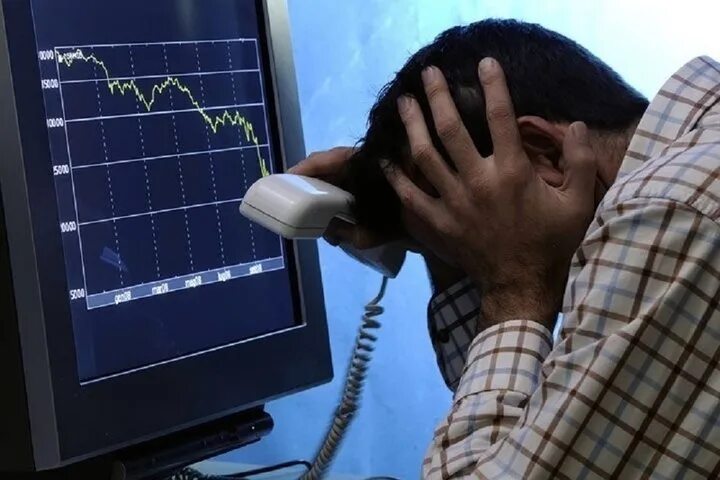Common Fraud Schemes on the Stock Market
The stock market attracts not only honest investors but also fraudsters who use various schemes to deceive market participants. The most common frauds include:
- Pump and Dump. A group of individuals artificially inflates the stock prices of illiquid companies by spreading false information about their prospects. Once peak values are reached, the assets are sold off, leaving other investors with devalued shares.
- Insider Trading. Illegal use of confidential information about company activities to gain speculative profits.
- Financial Statement Fraud. A company inflates its earnings, hides losses, or forges accounting documents, misleading investors.
- Creation of Fake Investment Funds. Scams where fraudsters collect funds by promising high returns but do not conduct real market operations.
- Algorithmic Trading Manipulations. The use of bots and complex algorithms to create false demand or supply, leading to price changes without a real economic reason.
These schemes pose a threat to both private and institutional investors, so it's important to recognize signs of fraud.

Signs of Stock Market Frauds
Investment scams can be recognized by several characteristic signs:
- Unjustified promises of high returns. Any strategy guaranteeing high profits without risk raises justified suspicion.
- Aggressive Marketing. Fraudsters actively promote their services, pressuring potential clients and pushing for quick decisions.
- Lack of Licenses and Regulatory Oversight. Most reputable investment companies are regulated by financial supervisory authorities.
- Opaque Deal Conditions. If an investor cannot get clear explanations about capital management strategies, it is a reason to be wary.
- Asset Price Manipulations. Sharp price jumps without obvious economic reasons may indicate fraudulent schemes.
- Hidden Fees and Unfavorable Conditions. Some companies offer investors dubious financial instruments, charging significant fees that reduce potential profits.
Timely identification of these signs helps avoid financial losses.

Investor Protection from Stock Market Frauds
To minimize risks, adhere to several principles:
- Check the broker's registration and the investment company's licenses.
- Analyze market data, study financial statements, and avoid unreasonably high-risk assets.
- Do not trust offers promising guaranteed profits, especially without a proven strategy.
- Use services of regulated exchanges and professional analysts.
- Avoid trading on unregulated platforms and cooperating with dubious intermediaries.
- Diversify investments to reduce possible losses.
- Check the broker's reputation and cease cooperation if there are complaints or suspicions.
A comprehensive approach to capital protection reduces the likelihood of falling into fraud traps.

Liability for Stock Market Frauds
Financial fraud on the stock market is a serious offense that results in legal liability. Depending on the type of fraud, the following penalties may apply:
- Administrative fines for violating trading rules and market manipulation.
- Civil lawsuits from affected investors.
- Criminal prosecution for large-scale financial scams, leading to imprisonment.
- Revocation of licenses and a ban on conducting investment activities.
Regulatory bodies monitor transactions, analyze suspicious transactions, and prevent illegal schemes. However, even strict oversight doesn't guarantee complete protection from fraud, so investors must remain vigilant.
Additionally, new threats associated with digital assets and automated trading platforms should be considered. The development of the cryptocurrency market has led to new forms of fraud, including scam projects that attract investors under the pretext of unique profit opportunities.
The stock market offers opportunities for profit, but investment scams pose a real threat. Awareness of fraud signs, adherence to financial safety principles, and the use of verified tools can help reduce risks and preserve capital.




